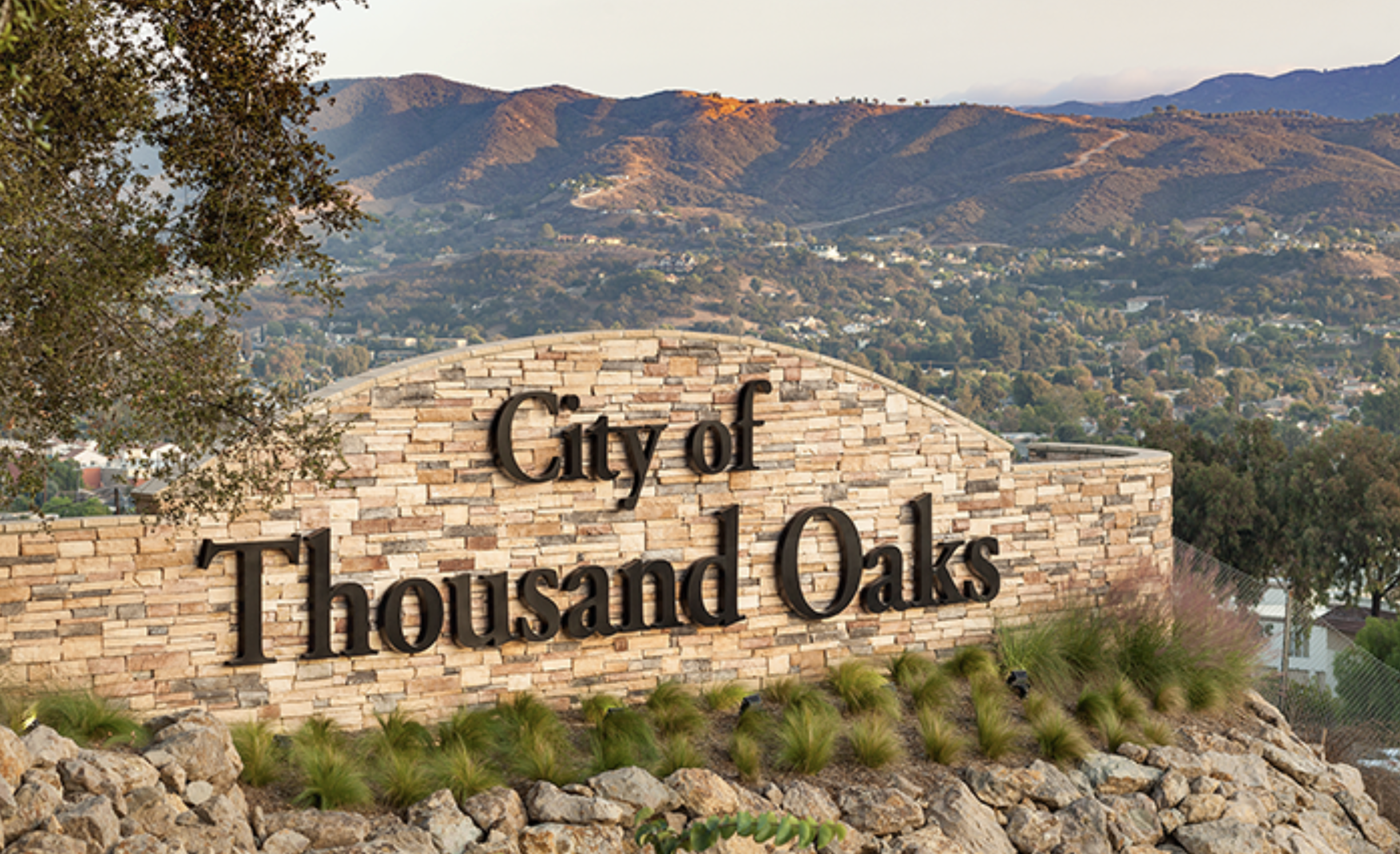The Current State of Sober Living in Thousand Oaks
In the heart of Ventura County, Thousand Oaks has quietly become a significant hub for quality sober living homes — a place where individuals emerge from formal treatment and transition into a life of stability, community, and recovery.
Why Thousand Oaks?
It combines accessibility to Los Angeles and the San Fernando Valley with a more peaceful, suburban lifestyle — something that many in early recovery benefit from.
Sober living homes here promote safe, structured environments specifically designed to support those stepping down from inpatient or outpatient care.
Local homes frequently emphasize accountability: shared routines, house managers, peer support, and stays of 3‑12 months, which research shows improves outcomes.
A growing number of sober homes in Thousand Oaks are listed on major recovery directories — indicating not only demand but also visibility and market growth.
What’s Trending Right Now
Homes are increasingly focusing on safe transitional housing, bridging the gap between inpatient treatment and full independent living.
Operators are marketing amenities and structure: comfortable housing, treatment‑adjacent features, peer community, favorable geographic setting (hills, open spaces) to attract higher‑intensity sober living models.
Despite the growth, insurance rarely covers sober living stays, so many residents pay out of pocket — which keeps this market largely private and niche.
What Operators & Investors Should Know
Regulation & zoning: As the sector grows, local regulation, community acceptance (or resistance), and zoning enforcement become more important. Even though Thousand Oaks may be more favorable than denser cities, zoning risk remains.
Operator quality matters: With many homes offering similar settings, being able to deliver compliance, structure, and strong referral networks matters more than ever.
Location advantage: If your facility is within the Thousand Oaks / Conejo Valley draw, you have appeal for operators seeking quieter but accessible homes — that’s a strength.
Market dynamics: The increasing number of sober living homes in the region suggests competition is rising. Ensuring you offer value (location, amenities, compliance) will help maintain occupancy.
Partnerships matter: Homes that partner with treatment providers, outpatient services, or local support networks tend to have stronger occupancy and smoother operations.
Looking Ahead
Given the demand for structured living environments post‑treatment and the geographic strengths of Thousand Oaks, we anticipate continued growth in sober living here — especially for homes that offer strong structure, modern amenities, and compliance. That means opportunities for landlords and operators who align with that model. At the same time, staying ahead of regulatory shifts and maintaining high standards will be key.


